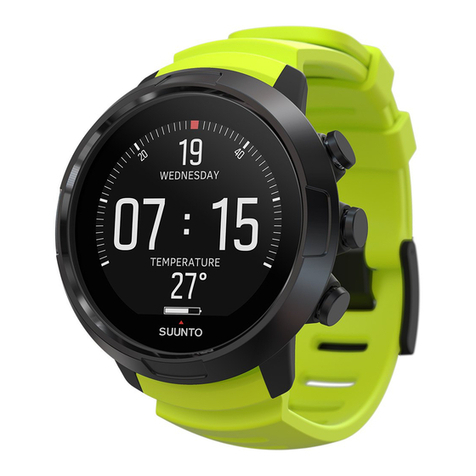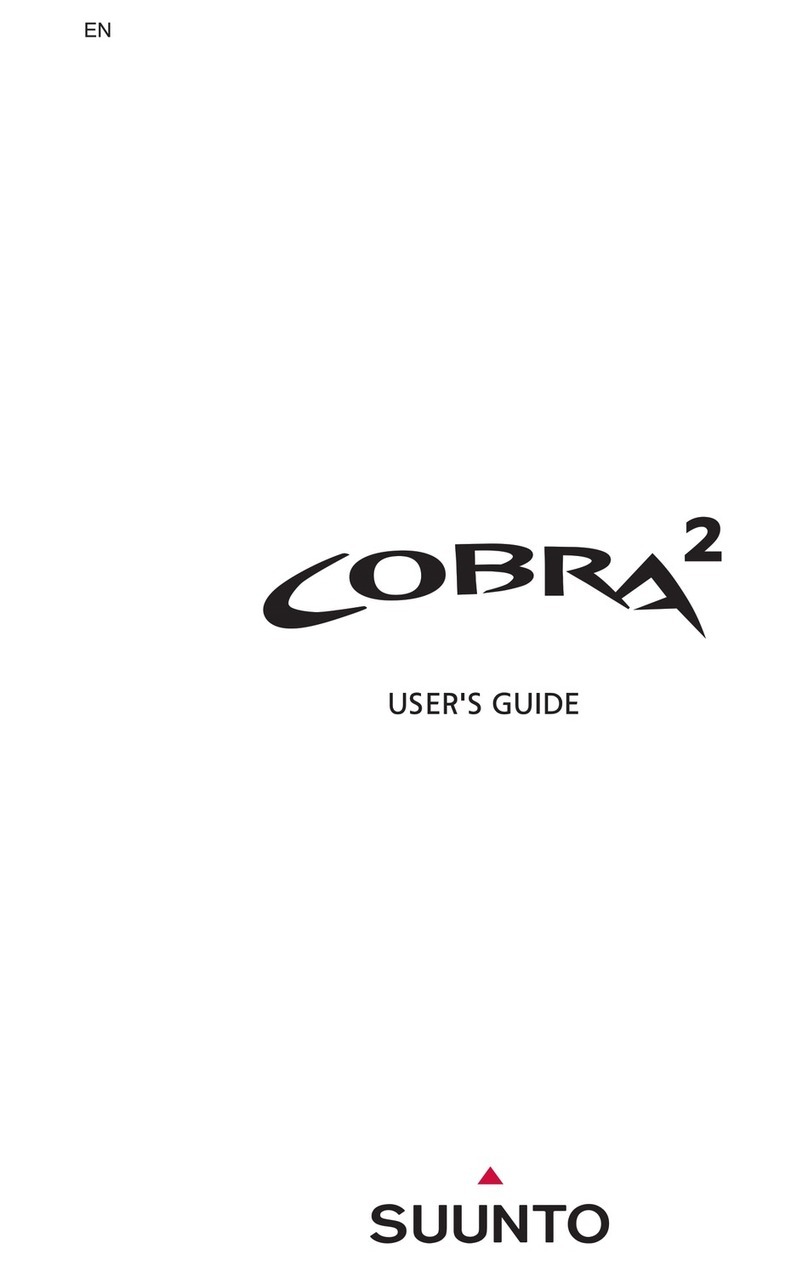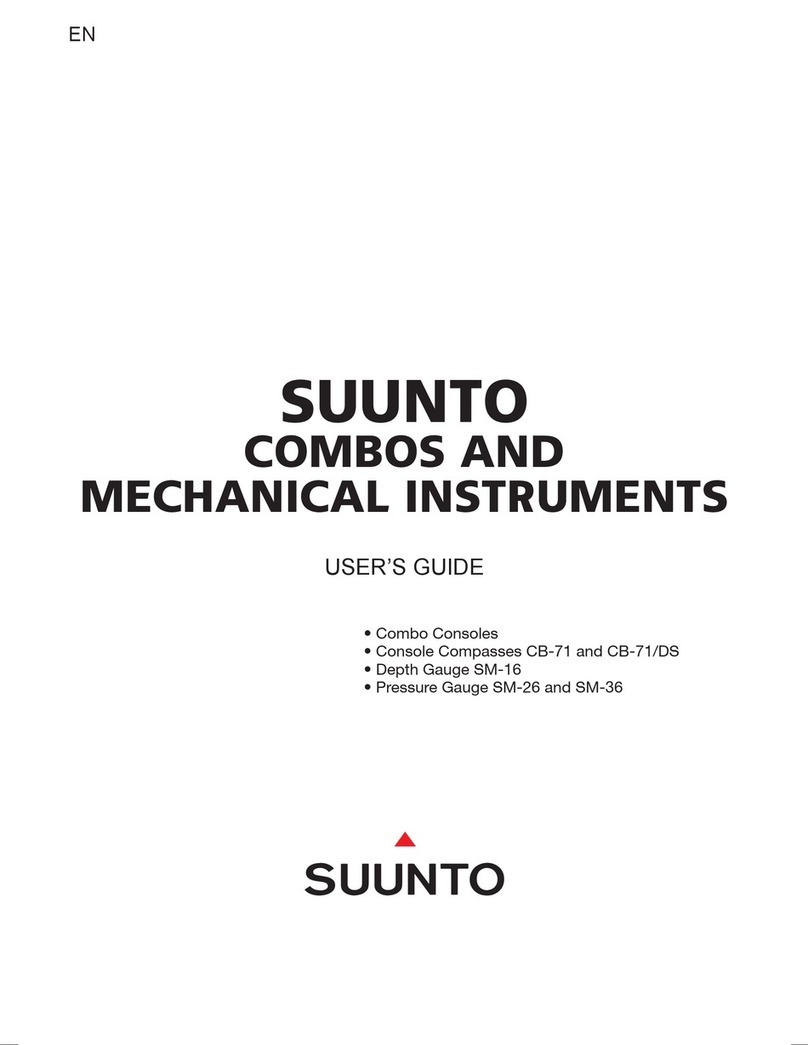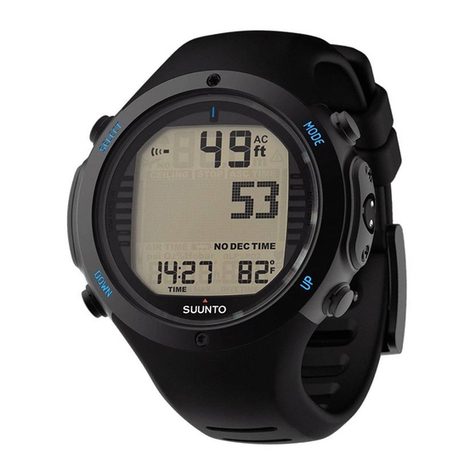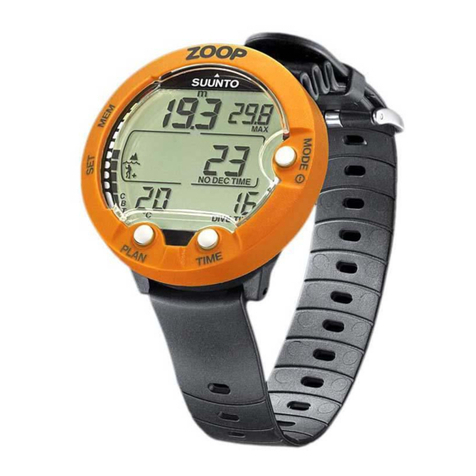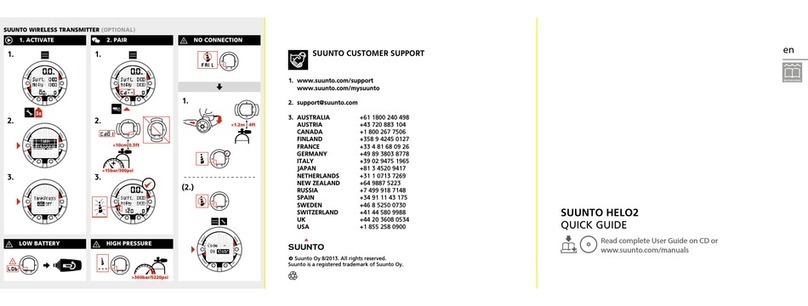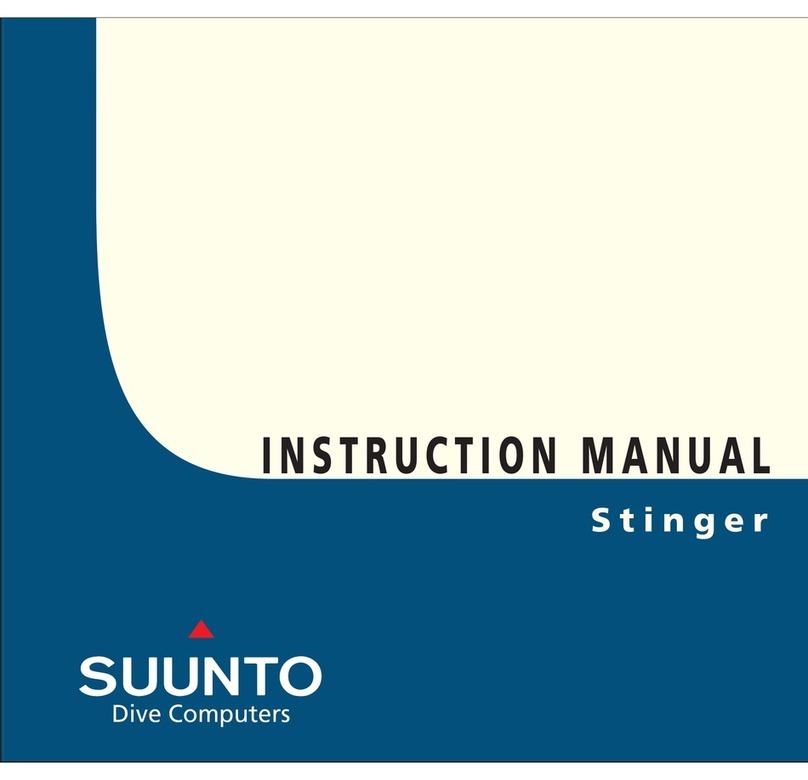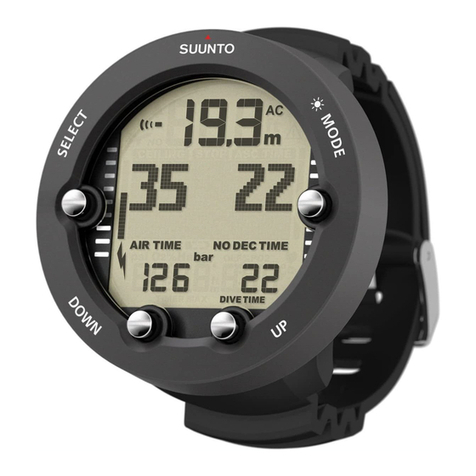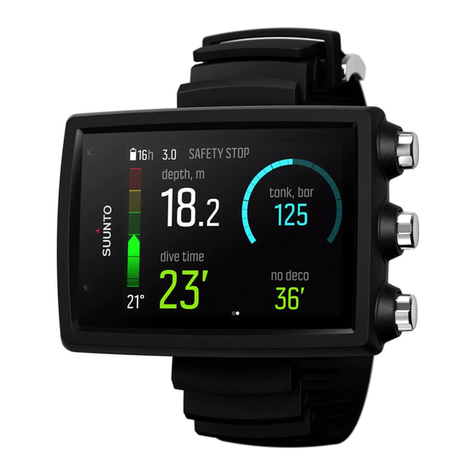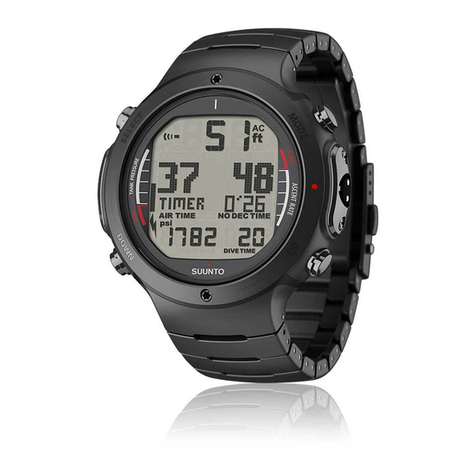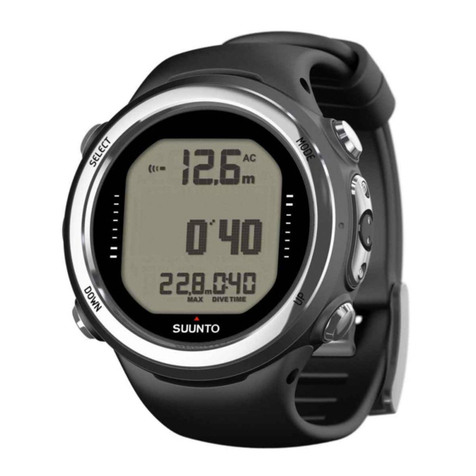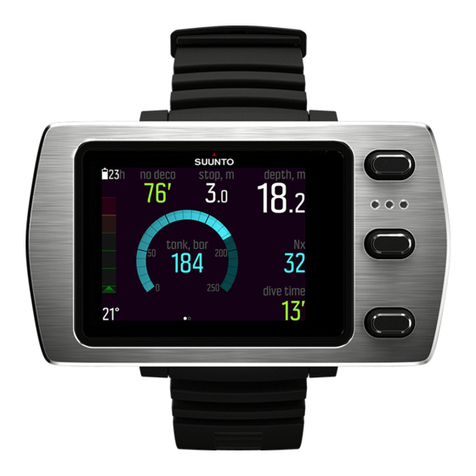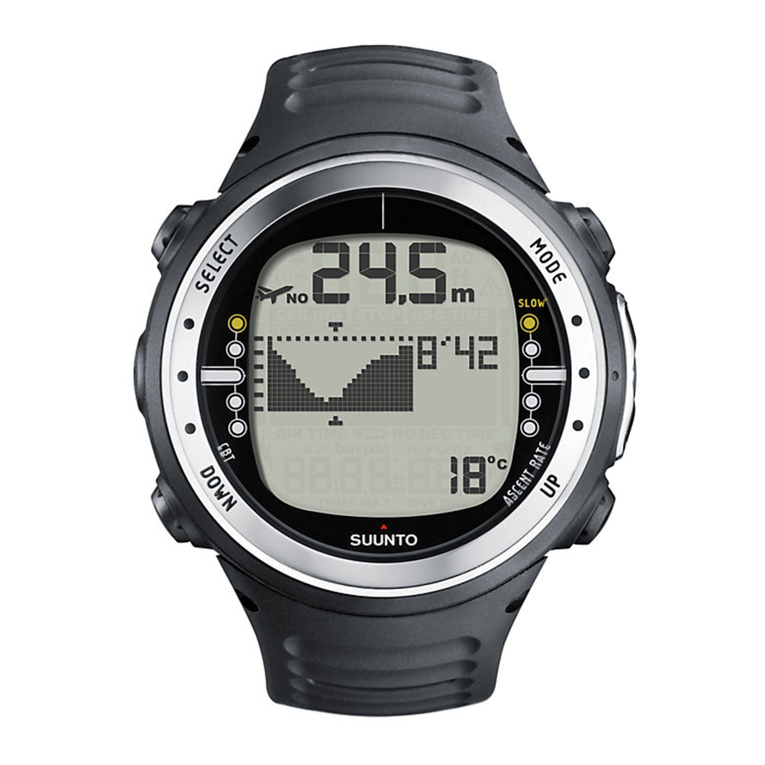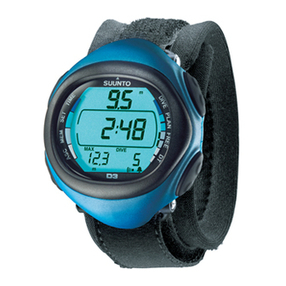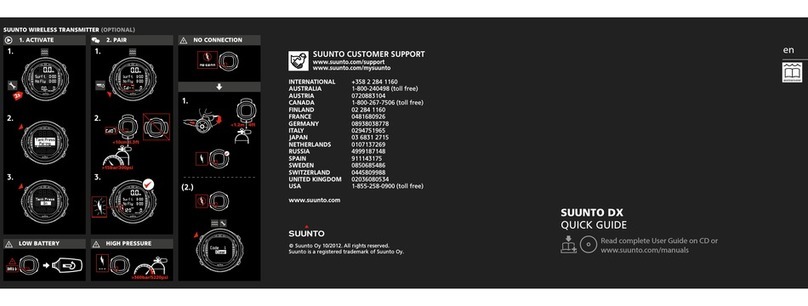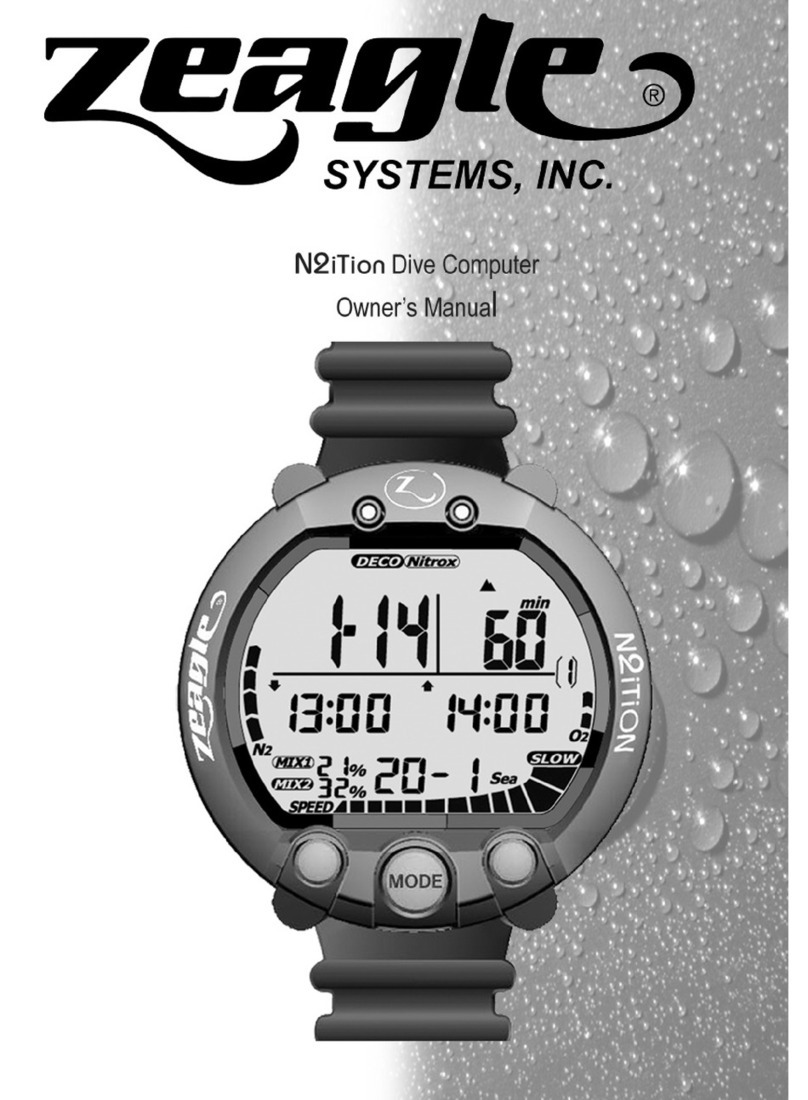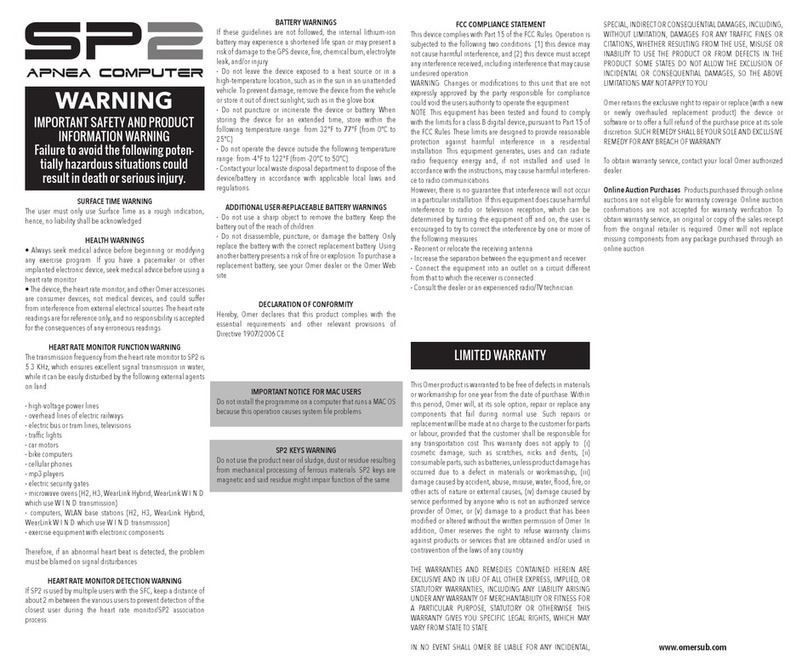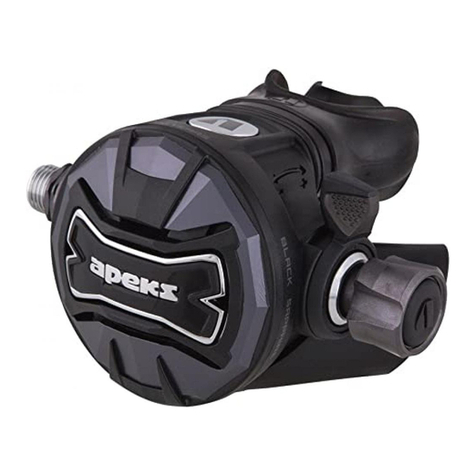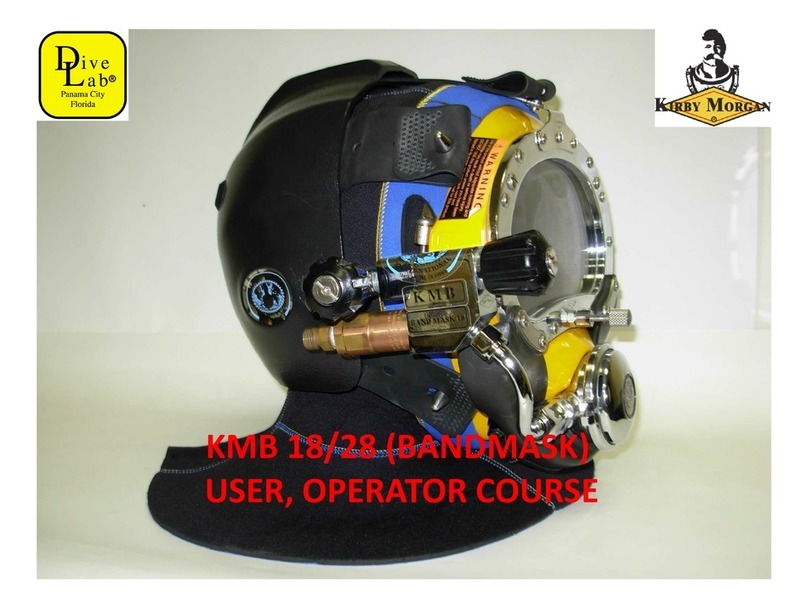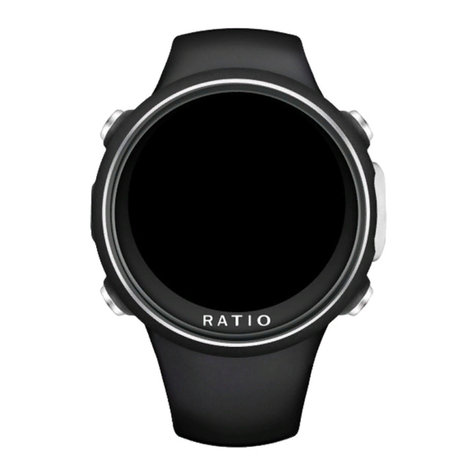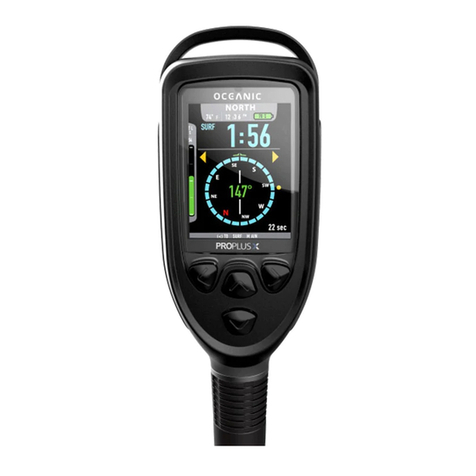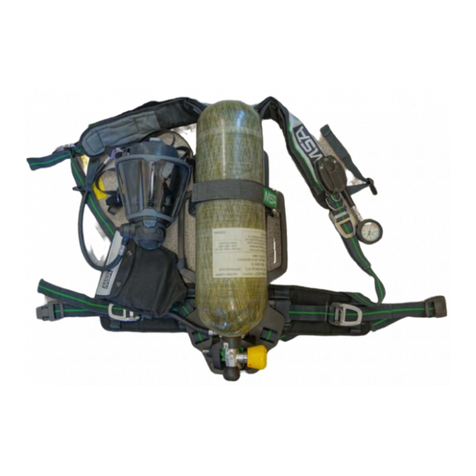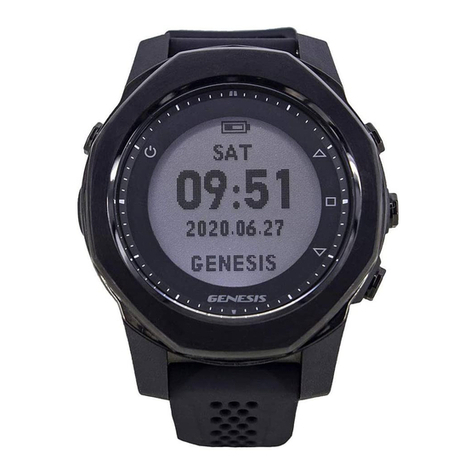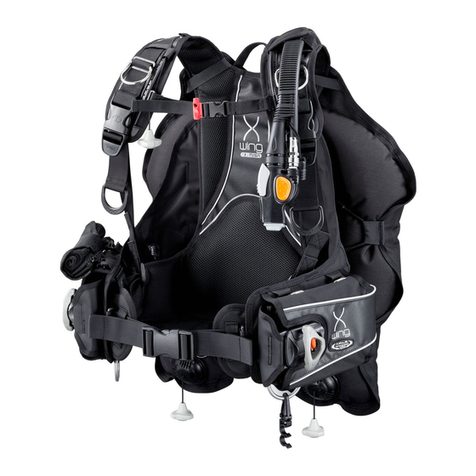1 Safety ................................................................................................ 5
2 Getting started ............................................................................... 11
2.1 Display states and views ......................................................... 11
2.2 Icons ........................................................................................ 11
2.3 Set up ...................................................................................... 13
3 Features .......................................................................................... 14
3.1 Activation and pre-checks ...................................................... 14
3.1.1 Wireless Transmitter pre-check ..................................... 16
3.1.2 Battery indicators ........................................................... 16
3.2 Air time ................................................................................... 17
3.3 Alarms, warnings and notifications ...................................... 18
3.4 Apnea timer ............................................................................ 22
3.5 Ascent rate .............................................................................. 24
3.6 Backlight ................................................................................. 25
3.7 Bookmarks .............................................................................. 26
3.8 Calendar clock ........................................................................ 26
3.8.1 Time ................................................................................ 26
3.8.2 Date ................................................................................ 26
3.8.3 Units ................................................................................ 27
3.8.4 Dual time ........................................................................ 27
3.8.5 Alarm clock ..................................................................... 28
3.9 Compass .................................................................................. 28
3.9.1 Calibrating compass ....................................................... 29
3.9.2 Setting declination ......................................................... 30
3.9.3 Setting compass timeout ............................................... 31
3.9.4 Setting bearing lock ....................................................... 31
3.10 Display contrast .................................................................... 33
3.11 Depth alarm .......................................................................... 33
2





